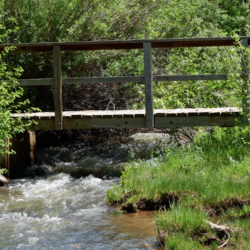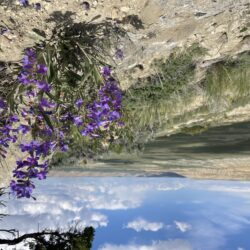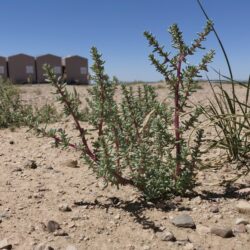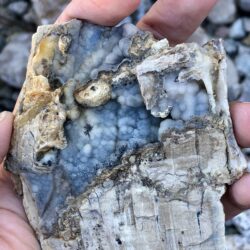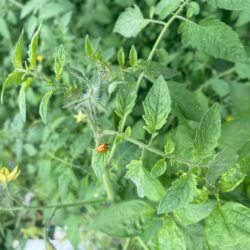The dynamics of an ending field season, why soundscape conservation matters for people and nature and unfiltered love—Joshua Kesling
The end of a field season can yield a suite of emotions. For some, the transition from field settings to temperature and humidity-controlled data organization and refinement centers (namely, our homes, offices, and corner coffee joints) brings unfettered joy. In others, the changing gears reminds us of the time we spent waist-deep in high alpine Read more about The dynamics of an ending field season, why soundscape conservation matters for people and nature and unfiltered love—Joshua Kesling[…]

